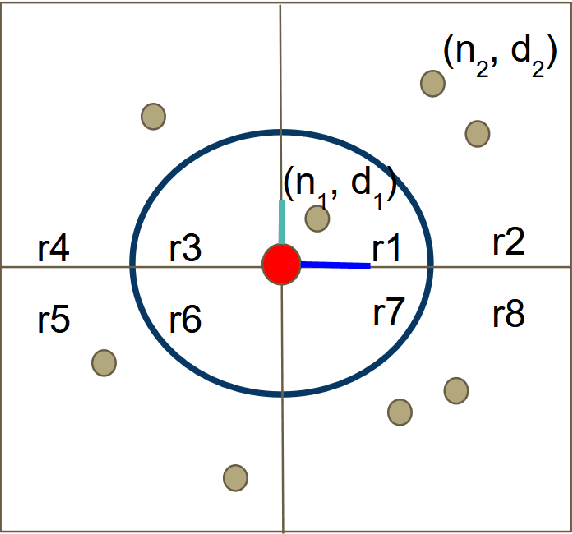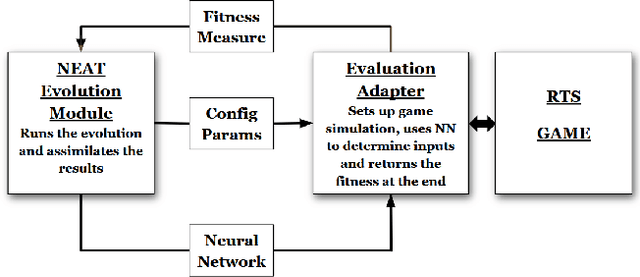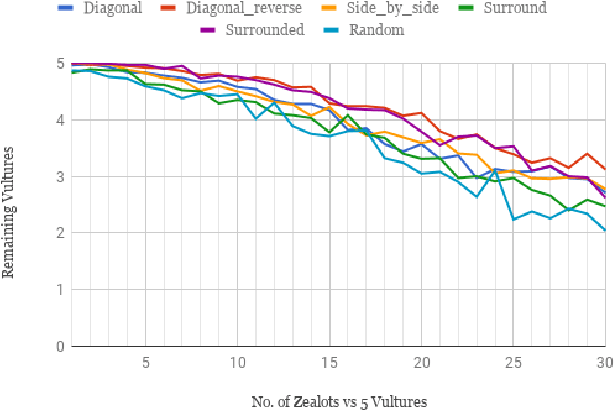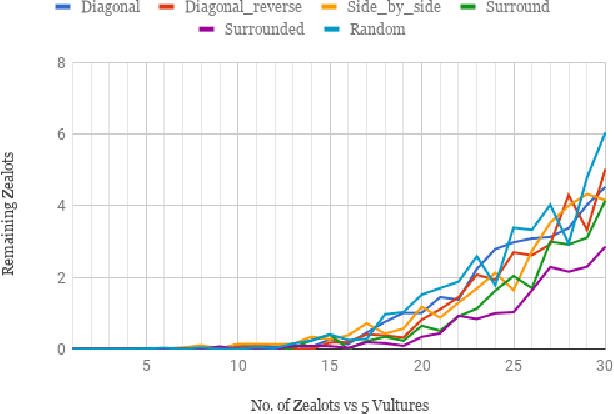Sushil J Louis
VORRT-COLREGs: A Hybrid Velocity Obstacles and RRT Based COLREGs-Compliant Path Planner for Autonomous Surface Vessels
Sep 02, 2021



Abstract:This paper presents VORRT-COLREGs, a hybrid technique that combines velocity obstacles (VO) and rapidly-exploring random trees (RRT) to generate safe trajectories for autonomous surface vessels (ASVs) while following nautical rules of the road. RRT generates a set of way points and the velocity obstacles method ensures safe travel between way points. We also ensure that the actions of ASVs do not violate maritime collision guidelines. Earlier work has used RRT and VO separately to generate paths for ASVs. However, RRT does not handle highly dynamic situations well and and VO seems most suitable as a local path planner. Combining both approaches, VORRT-COLREGs is a global path planner that uses a joint forward simulation to ensure that generated paths remain valid and collision free as the situation changes. Experiments were conducted in different types of collision scenarios and with different numbers of ASVs. Results show that VORRT-COLREGS generated collision regulations (COLREGs) complaint paths in open ocean scenarios. Furthermore, VORRT-COLREGS successfully generated compliant paths within traffic separation schemes. These results show the applicability of our technique for generating paths for ASVs in different collision scenarios. To the best of our knowledge, this is the first work that combines velocity obstacles and RRT to produce safe and COLREGs complaint path for ASVs.
Neuroevolution for RTS Micro
Mar 27, 2018



Abstract:This paper uses neuroevolution of augmenting topologies to evolve control tactics for groups of units in real-time strategy games. In such games, players build economies to generate armies composed of multiple types of units with different attack and movement characteristics to combat each other. This paper evolves neural networks to control movement and attack commands, also called micro, for a group of ranged units skirmishing with a group of melee units. Our results show that neuroevolution of augmenting topologies can effectively generate neural networks capable of good micro for our ranged units against a group of hand-coded melee units. The evolved neural networks lead to kiting behavior for the ranged units which is a common tactic used by professional players in ranged versus melee skirmishes in popular real-time strategy games like Starcraft. The evolved neural networks also generalized well to other starting positions and numbers of units. We believe these results indicate the potential of neuroevolution for generating effective micro in real-time strategy games.
 Add to Chrome
Add to Chrome Add to Firefox
Add to Firefox Add to Edge
Add to Edge